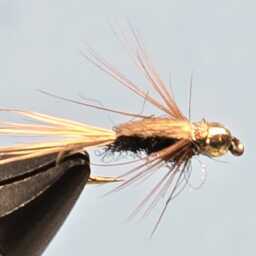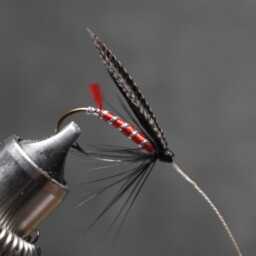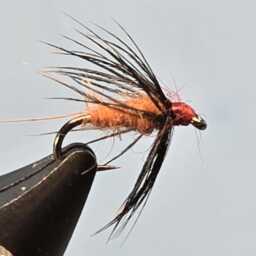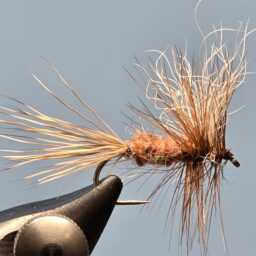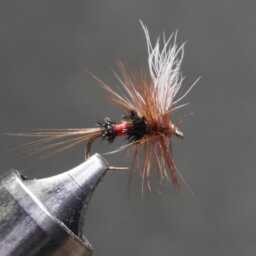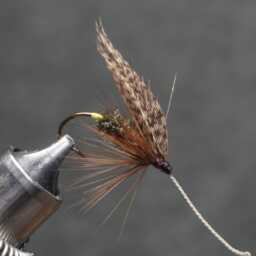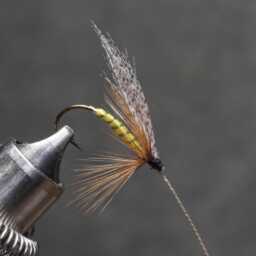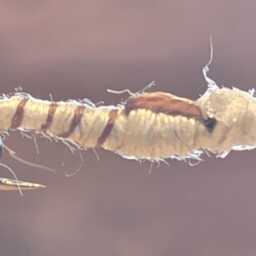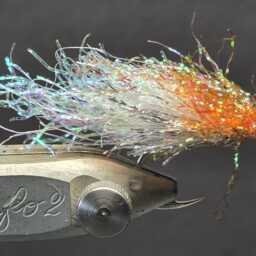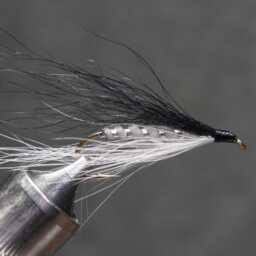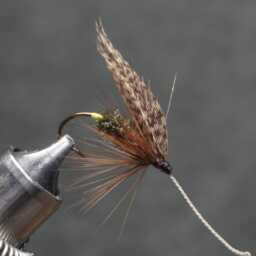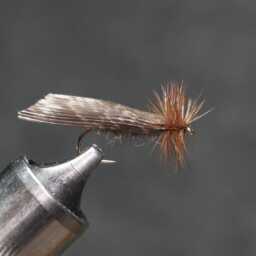Parrots, belonging to the order Psittaciformes, are characterized by a strong curved beak, upright stance, and clawed feet. Comprising four families with approximately 410 species across 101 genera, they are predominantly found in tropical and subtropical regions. The families include Psittaculidae (Old World parrots), Psittacidae (African and New World parrots), Cacatuoidea (cockatoos), and Strigopidae (New Zealand parrots). Notably, one-third of all parrot species face extinction, posing a higher aggregate extinction risk compared to other bird groups.
Key points about parrots:
- Most diverse in South America and Australasia.
- Exhibit high intelligence, including speech imitation, making them popular as pets.
- Varied in size and vividly colored.
- Limited sexual dimorphism in the visual spectrum.
- Primary diet components include seeds, nuts, fruit, buds, and plant material.
- Nest in tree hollows, laying white eggs with altricial (helpless) young.
- Threats include trapping for the pet trade, hunting, habitat loss, and competition from invasive species.
- Approximately 50 million parrots, half of the total, live in captivity, primarily as pets.
- Parrots play a crucial role in ecosystems, and conservation efforts for charismatic species protect less charismatic ones.
Unique characteristics:
- Display true tripedalism, using necks and beaks as limbs with propulsive forces comparable to primate forelimbs when climbing vertical surfaces.
- Often used in salmon and spey fly patterns.
- Some realistic dry fly patterns also incorporate parrot feathers.
- Due to their limited source (molting or deceased pet birds), parrot feathers are relatively expensive.

